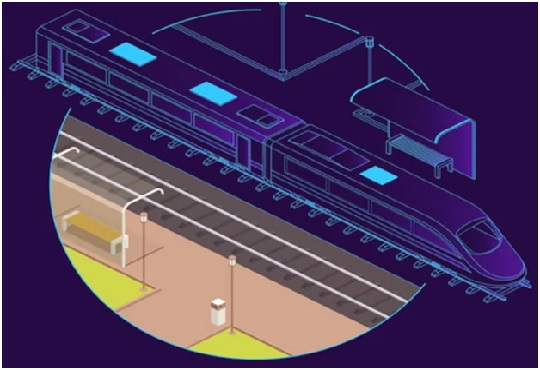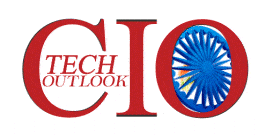How Is the Internet of Things (IoT) Transforming Indian Railways?
Peter, Content Writer | Monday, 27 February 2023, 07:25 IST
 The Internet of Things (IoT) is a buzzword that is transforming various industries across the globe. IoT is a network of interconnected devices that collect, transmit, and analyze data to provide insights for businesses.
The Internet of Things (IoT) is a buzzword that is transforming various industries across the globe. IoT is a network of interconnected devices that collect, transmit, and analyze data to provide insights for businesses.
In the transportation sector worldwide and in India, IoT is playing a major role in transforming railways. The railway industry in India is currently in a position where it can leverage IoT to reach new heights without increasing investments in infrastructure.
To discuss this topic in more detail, let's have a look at some of the ways in which IoT is transforming Indian Railways, including enhanced safety, improved passenger experience, better efficiency, and reduced operational costs.
Safety & Reliability
Safety and reliability are primary concerns for Indian Railways because a huge population travels daily on Indian Railways. A train that can suddenly break down on the track can ruin the whole of passengers and cause delays across the whole network of railways.
IoT is helping in this regard through the use of sensors that are placed on railway tracks. These sensors use modern-day technology to detect any damage or abnormality on railway tracks such as track stress, temperatures, etc, and send an alert directly to the control center.
Based on these alerts, the control center can then take necessary actions to prevent sudden breakdowns, accidents, and delays across the network. In addition, IoT sensors can also monitor the speed and location of trains, and alert the control center in case of any deviations from the predetermined route or speed limits. This helps prevent accidents due to overspeeding or deviation from the railway track.
In addition to sensors on railway tracks, there are IoT sensors for crucial components of trains such as brakes, wheelsets, and engines. All these IoT sensors allow for safer and more reliable train journeys.
Improved Passenger Experience
The passenger experience is also improving because of IoT. There are now IoT sensors deployed inside the trains that can monitor the temperature, humidity, and air quality inside the train. With monitoring of these conditions, a comfortable environment can be maintained inside the train for passengers, which is especially important for long journeys.
Moreover, IoT sensors can be used to monitor the cleanliness of the train toilets and alert the staff when they need cleaning. This ensures that the toilets are always clean and hygienic for passengers to use.
Along with IoT sensors, PNR Status and the use of digital signage at railway stations and inside trains can provide passengers with real-time information related to the journey, such as the train schedule, delays, arrival times, current station, upcoming station, etc. This allows passengers to plan their journeys accordingly and alleviates the stress of waiting for training. Additionally, digital signage can also be used to display advertisements, which can generate additional revenue for Indian Railways.
Reduced Operational Costs
IoT is also helping Indian Railways to reduce operational costs in various ways. One of the ways in which IoT is helping in the reduction of operational costs is through predictive maintenance. IoT sensors can be integrated that can monitor the condition of railway tracks, train engines, and other components of the railway infrastructure.
Based on the collected data, the predictive maintenance program can then predict when maintenance is required and when not, reducing the need and cost of frequent inspections. This reduces operational costs and ensures that both the trains and tracks are in good condition.
Another way in which IoT is helping to reduce operational costs is through the use of smart energy monitoring and management. Again, IoT sensors can monitor the energy consumption of trains, railway stations, and other infractions. The algorithm can then provide insights and guidance on how to optimize energy consumption and reduce overall energy costs. This is helpful not only in saving operational costs but also in making Indian Railways more eco-friendly.
Conclusion
To conclude, IoT is transforming Indian Railways for good. By enhancing safety & reliability, improving passenger experience, and reducing operational costs, IoT is helping Indian Railways improve its services without significantly increasing investment.
The use of sensors and predictive maintenance algorithms is helping to enhance safety & reliability, maintain a comfortable environment for passengers, and reduce operational costs through the use of smart energy management algorithms.
With the continued adoption of IoT, Indian Railways is poised to become a safer, more efficient, and more comfortable mode of transportation for millions of passengers across India.




.jpg)